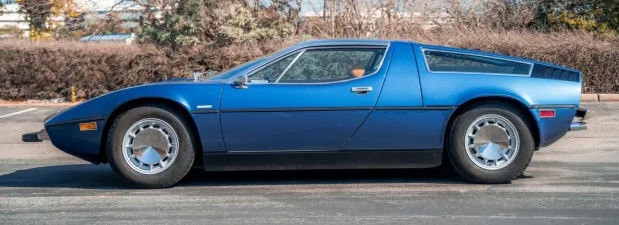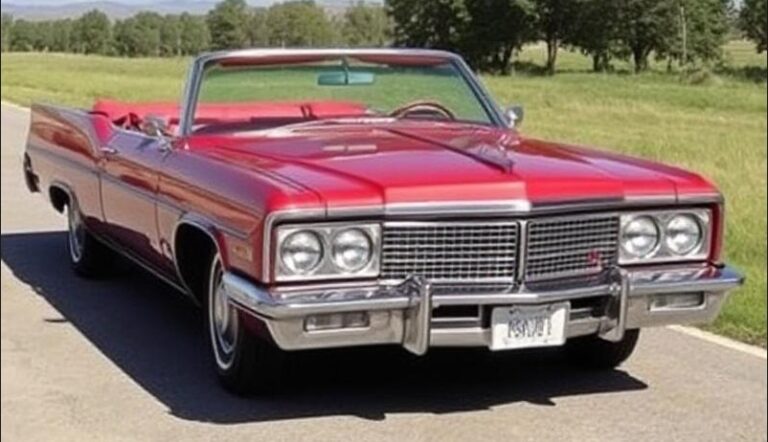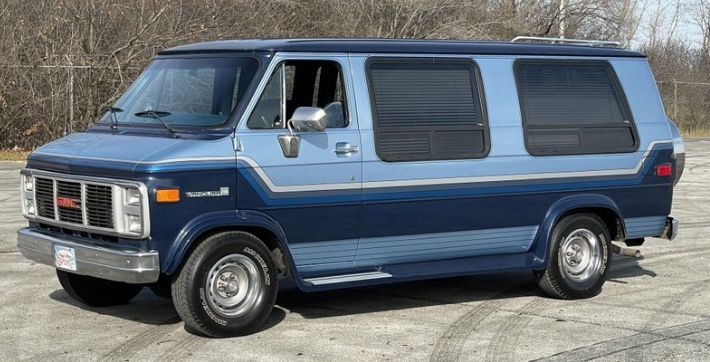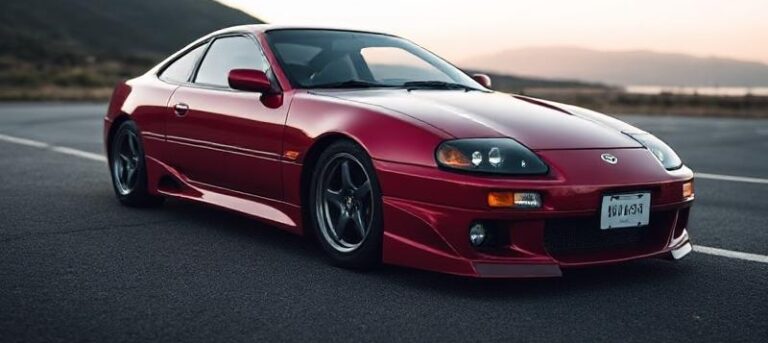The Evolution of the Rolls-Royce Camargue
The Rolls-Royce Camargue is one of the most unique and intriguing models in the storied history of the British luxury automobile manufacturer. Known for its distinctive design, innovative engineering, and limited production run, the Camargue exemplifies Rolls-Royce’s commitment to bespoke craftsmanship and exclusivity. This article provides a detailed overview of the Camargue’s evolution, including production years, models, and trim levels, tracing its journey from inception to discontinuation.
Origins and Development (Late 1960s – Early 1970s)
Background and Conceptualization
The Rolls-Royce Camargue was conceived in the late 1960s as a response to the burgeoning luxury coupe market and to showcase Rolls-Royce’s design capabilities beyond traditional sedans. The project was initiated by the then CEO, John Blatchley, who envisioned a grand touring coupe that combined the luxury and elegance of Rolls-Royce with a distinctive Italian flair.
Design and Engineering
Designed by the renowned Italian automotive designer Paolo Martin, the Camargue’s styling was heavily influenced by Italian aesthetics, blending sleek lines with a commanding presence. The body was constructed by Carrozzeria Frua, an Italian coachbuilder known for bespoke luxury designs.
Production Years
The Rolls-Royce Camargue was produced from 1975 to 1986. Its relatively short production span reflected its niche market positioning and the high costs associated with bespoke craftsmanship.
First Generation: 1975-1986
Introduction and Launch
The first-generation Camargue was unveiled in 1975, marking Rolls-Royce’s first foray into the luxury coupe segment. It was based on the chassis and mechanical components of the Silver Shadow, which itself was a groundbreaking model introduced in 1965.
Key Features
- Engine: 6.75-liter V8 engine (note that this engine was also used in the Silver Shadow and later models)
- Transmission: 3-speed automatic
- Drive Layout: Rear-wheel drive
- Body: Handcrafted aluminum body by Carrozzeria Frua
- Design: Long, low, and wide coupe with a distinctive sloping roofline
- Interior: Luxurious leather upholstery, wood veneer panels, custom bespoke options
Trim Levels and Variants
Throughout its production, the Camargue was primarily offered as a single, high-luxury model, but certain customizations and trims were available, especially through the bespoke programs typical of Rolls-Royce.
- Standard Model: The initial offering was essentially a bespoke coupe tailored to individual customer specifications, with no fixed trim levels but a high level of personalization.
- Limited Editions and Special Customizations: Due to its bespoke nature, many Camargues featured unique paint schemes, interior materials, and accessories, making each vehicle essentially a one-off.
Notable Features and Updates
- 1977: Introduction of minor aesthetic updates, including new wheel designs and interior trim options.
- 1980s: Various bespoke upgrades, including upgraded audio systems, custom interior fittings, and unique paint options, were commissioned by owners.
Discontinuation and Legacy (Post-1986)
The Camargue was discontinued in 1986, primarily due to economic factors, changing market preferences, and the high costs of bespoke manufacturing. Its legacy remains as a bold experiment in luxury car design, blending Italian styling with British craftsmanship.
The Second Generation and Modern Revival Attempts
Unlike many other models, the Camargue did not undergo a formal second generation or a significant facelift after 1986. Instead, its legacy was preserved through collector interest and occasional bespoke projects.
Key Models and Variants Summarized
| Year Range | Model/Trim Level | Notable Features | Production Notes |
|---|---|---|---|
| 1975-1986 | Rolls-Royce Camargue | Standard bespoke coupe | Entirely custom-bodied; no fixed trims |
| 1977-1986 | Special Customizations | Unique paint, interior, accessories | Hand-built, highly personalized |
| 1980s | Limited Editions | Possible factory-coordinated bespoke options | Rare and highly collectible |
Design and Engineering Significance
The Camargue’s design by Paolo Martin and coachwork by Carrozzeria Frua set it apart from other Rolls-Royce models. Its Italian styling was a stark contrast to the traditional, more conservative designs of Rolls-Royce sedans. The vehicle’s proportions—long wheelbase, broad stance, and flowing lines—embody the grand touring ethos.
Mechanically, the Camargue shared its chassis and powertrain with the Silver Shadow, which was a significant advantage, allowing for reliable performance paired with immense luxury. The 6.75-liter V8 engine produced approximately 195 horsepower, enough to move the heavy coupe with grace and authority.
.
You’ve got that cool car, but is it resting in its own cool place?
It’s visually pleasing for the surrounding areas outside of your home to look as awesome as what’s stored inside your garage! If you desire a truly inspirational environment, you should check into these plans!

.
Collectibility and Cultural Impact
The rarity of the Camargue, with only around 500 units produced, has cemented its status as a collector’s item. Its unique styling and bespoke nature make each example a one-off, treasured by enthusiasts and collectors worldwide.
The Camargue’s influence can be seen in subsequent Rolls-Royce models that emphasize bespoke craftsmanship and distinctive styling, although no direct successor has replicated its Italian-inspired design.
Conclusion
The Rolls-Royce Camargue remains a symbol of bold innovation within the luxury automotive world. Produced from 1975 to 1986, it was a product of its time—a marriage of Italian styling and British engineering, crafted with meticulous attention to detail. While it did not spawn a long line of successors, the Camargue’s rarity and character have ensured its place as one of the most distinctive models in Rolls-Royce’s history.
Its legacy endures as a testament to the brand’s willingness to push boundaries and explore new aesthetic territories, making the Camargue a true icon of automotive exclusivity and craftsmanship. Today, well-preserved examples continue to fetch high prices at auctions, underscoring their enduring appeal and importance in the annals of luxury automotive history.
Note: Due to the bespoke nature of the Camargue, specific trim levels beyond the standard model were rarely documented. Most units were customized to the buyer’s specifications, aligning with Rolls-Royce’s tradition of personalized luxury.







